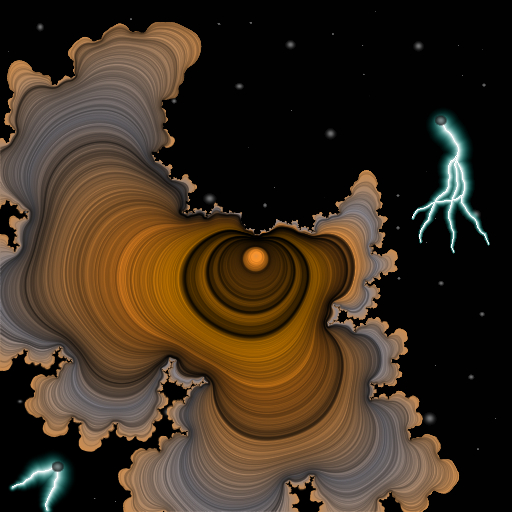Where do our ideas about “race” come from? Did slavery create racism? Why can’t we all just get along?
Many people think “race” and racism have been around forever. When we look at historical records from earlier times and places we find our ideas about “race” are quite different than ideas held by people in the past.
In the ancient world, slavery was a way of life. Many slaves were owned by Egyptian, Greek, and Roman aristocracy. But these slaves did not necessarily have different skin color from their owners. Slave owners acquired their slaves through capture in warfare, punishment for crimes, colonialism, kidnapping and piracy, and other means. Even the inability to pay a debt might make someone a slave.
Slavery didn’t end with the fall of Rome. During the 15th through 19th centuries, many of the most powerful European countries engaged in colonialism. Much of the Americas, including the U.S., Cuba, Jamaica, St. Lucia, Haiti, the Dominican Republic, Brazil, and Atlantic Nicaragua were colonized and Africans were enslaved to work the conquered land.
In places where the European colonists brought slavery and settled, the mixing of populations between those of European descent and those of African descent created mulatto or Creole cultures. These cultures were typically “caste-stratified by skin tone and more broadly by the degree of ‘African-ness’… as opposed to ‘European-ness’ that an individual or family exhibits.” from Bad Subjects, “Colorless All-Color”: Notes on White Culture.
The U.S. is also a mulatto culture, but instead of becoming caste-stratified a color line was drawn dividing society into two exclusive groups: Whites and non-whites. Americans created a division between people that didn’t exist before and that we still feel the effects of today.
Slavery changed with American colonialism. Whites no longer viewed slavery of other whites as acceptable. Only non-whites could be slaves. And slave owners were rarely non-white in America.
A slave in earlier times might marry out of slavery or buy his or her freedom. Slaves in north America, however, didn’t have the option of freedom through intermarriage with the owning class.
Attitudes and beliefs about African peoples began to change to justify continued slavery. At one time, People from Africa were seen to be “exotic” rather than “inferior” by Europeans. As time passed and more nations joined in the trade of African slaves, people forgot about the immense body of knowledge brought to Spain and Italy by the Moors (Blacks from Northern Africa) that contributed to the European Renaissance. Africa instead came to be seen as the “dark continent” and Europeans began to picture those of African descent as less than people. This attitude helped to justify slavery and continue it.
Racism did not end with the abolishment of slavery in the U.S. Perceived differences between “races” continued to be used by Europeans to divide one another and to justify social, economic, and political inequalities. When people are able to convince themselves that other groups or individuals are bad or inferior, it is easier to justify prejudice and exploitation.
The English thought very little of the inhabitants of their first colony, Ireland, and some described the Irish as “lazy, loose, barbarous, wicked criminals, who lived like beasts and were inclined to steal from the English. As their frontier advanced from Ireland to America, the English began making comparisons between the Irish and the Indian savages, wondering if there might be different kinds of savages.” Clearly the ones who attempted to exterminate both better fit the description of “savage”. From The Tempest in the Wilderness: The Racialization of Savagery, by Ronald Takaki. (The Journal of American History, December 1992.)
In our past, Irish, Italians, and Jews were all considered to be separate races. They were all subject to discrimination in the U.S. Now, they are all considered to be “white.” It’s important that we figure out just how racism continues.
We need to understand just how “race” changed and evolved into a worldview, a way of thinking and prejudging that distorts our ideas about human differences and group behavior.
The change in how people distinguish between and categorize “races” may justify the exploitation of one group by another. For example, the Jews in prewar Germany were “Israelites”, a religious group, until the Nazis defined them as a “race” under Adolf Hitler,
The dispersion of Africans from their homeland between the 15th and 19th centuries is considered to be the African holocaust. Some people, however, would have us forget our past. Yet, John Henric Clarke said, “the events which transpired five thousand years ago; five years ago or five hours ago, have determined what will happen five minutes from now, five years from now and five thousand years from now. All history is a current event.”
Our dangerous racial thinking continues, even if sometimes hidden. The upheaval provoked by racial divisions in Ferguson, Missouri in 2014 remind us that our ideas about “race” continue to create conflict between people today.
While scholars no longer accept it as a valid biological category, as we cruise through the 21st century our nation and our world continue to struggle with the inequalities created by the invention of the social category of “race”.







+ There are no comments
Add yours